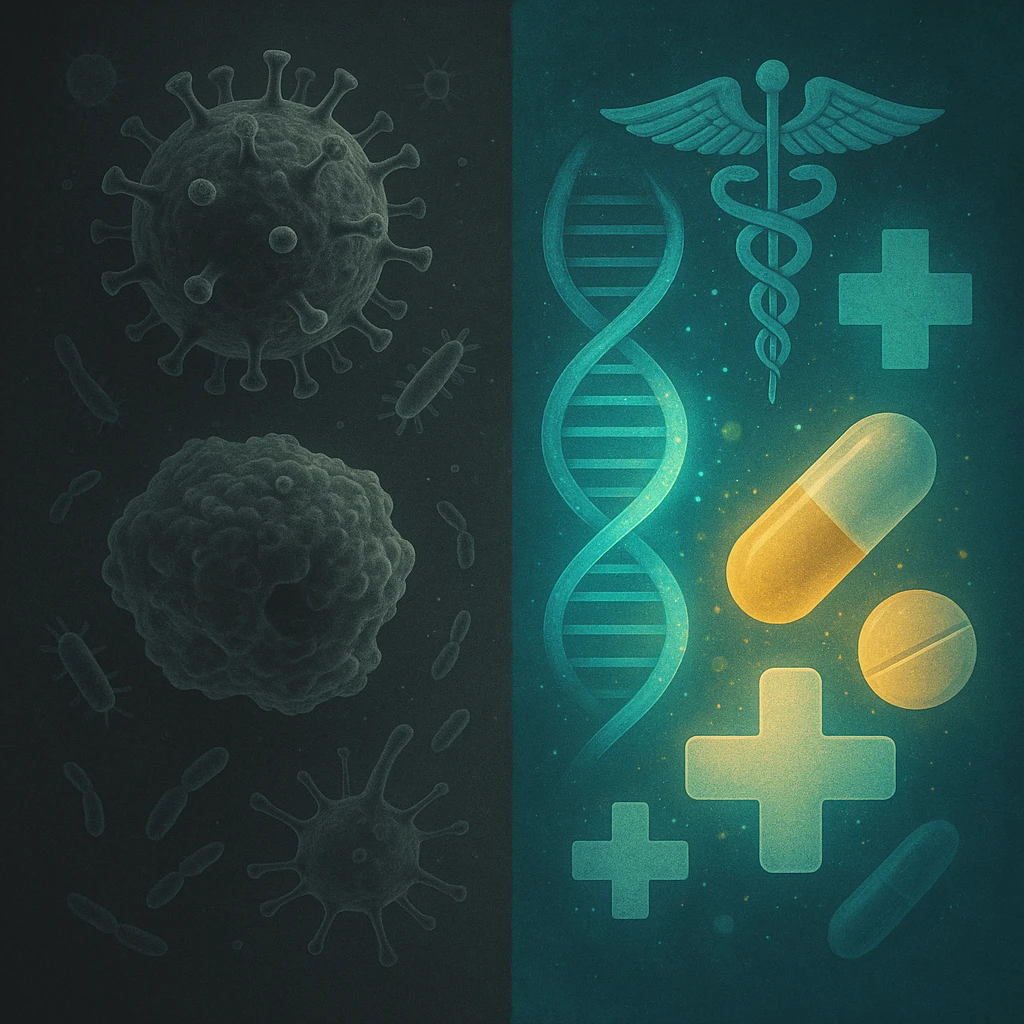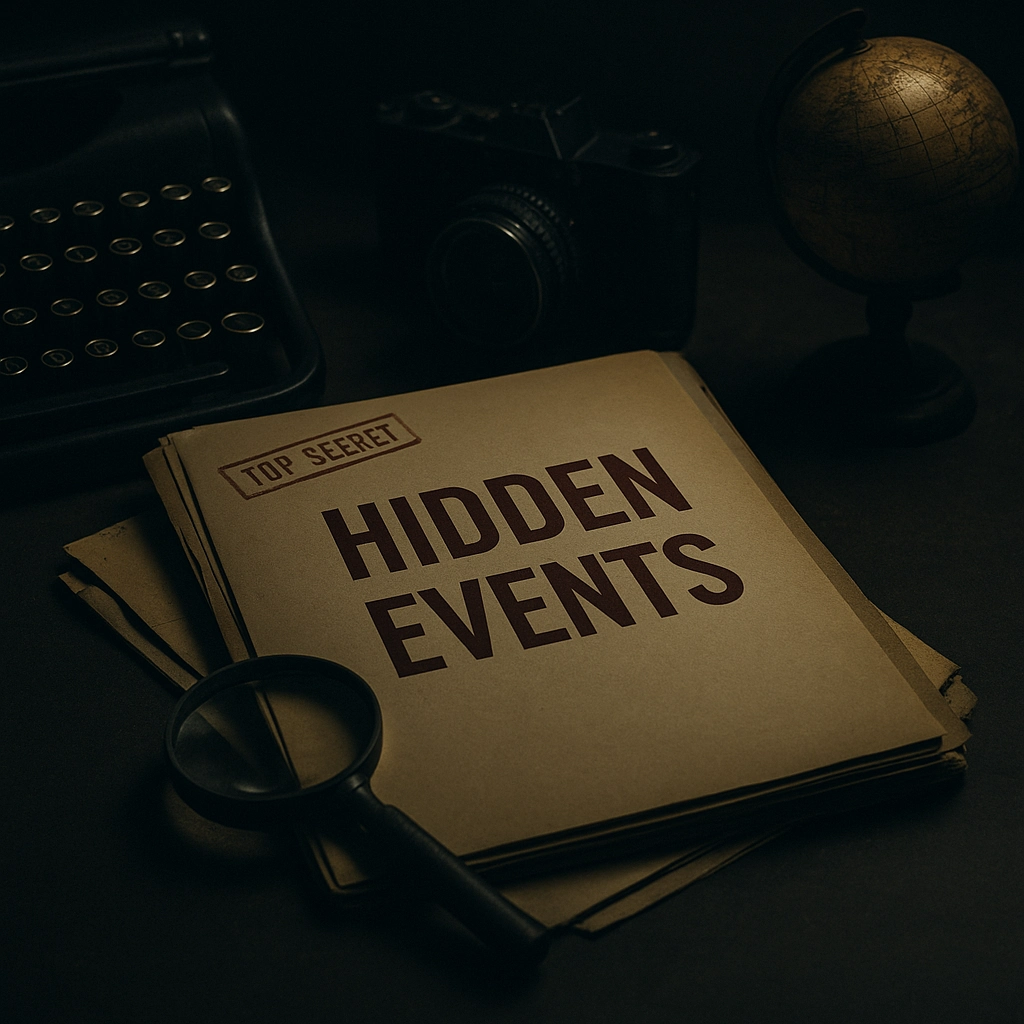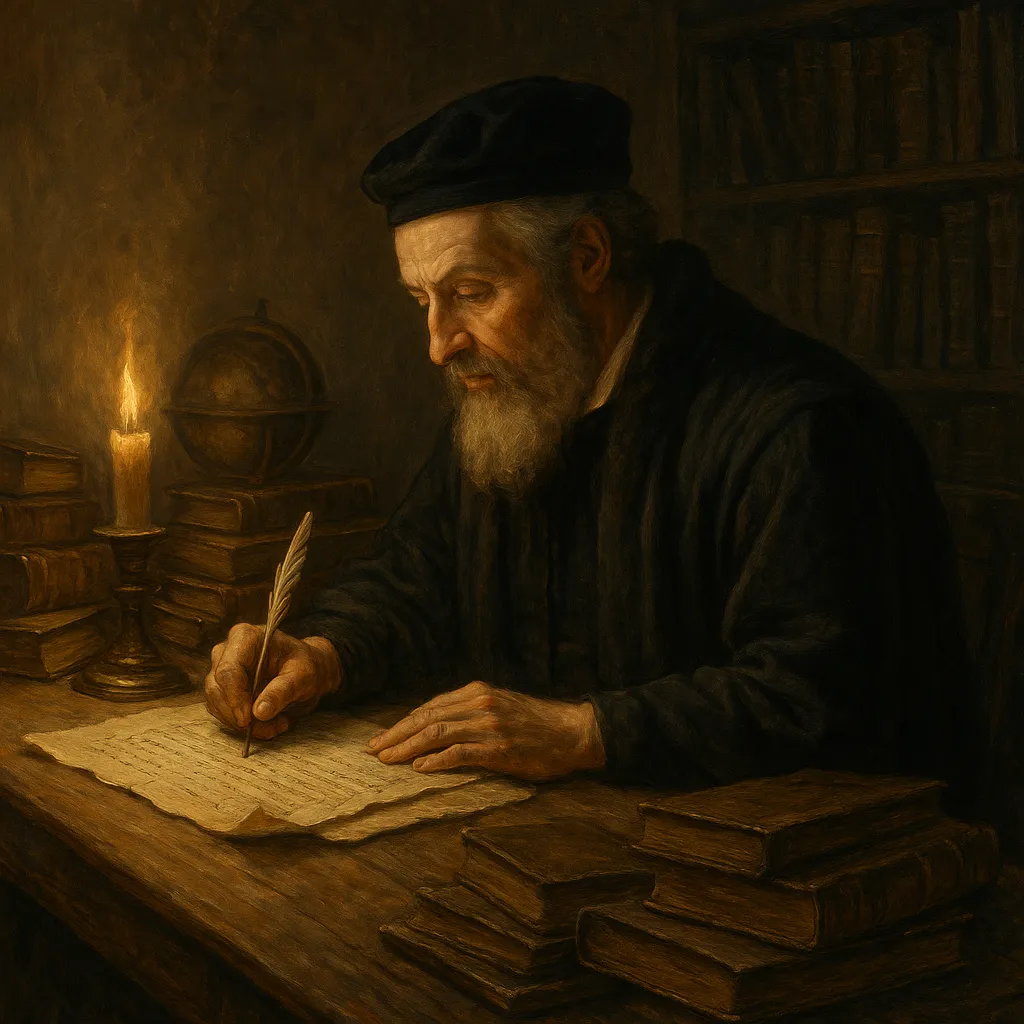Strange Facts About Food and Nutrition
Algae
The staple food of the Kanembu, a tribe living on the shores of Lake Chad in Africa, is Algae. The Kanembu harvest a common variety known as Spirulina from the lake, dry it on the sand, mix it up into a spicy cake, and eat it with tomatoes and chili peppers.Apples
Apples are more efficient than coffee at keeping people awake in the morning.Chips
On average, a pound of potato Chips cost two hundred times more than a pound of potatoes.
One average sized potato yields 36 chips.Chocolate
Have you ever wondered why the American chocolate bar 3 Musketeers was named after an 1844 French novel? It wasn't because Mars, Inc. wanted to teach young Americans about French noblesse, it was because 3 Musketeer bars were originally three smaller bars in one package. The bars were chocolate, strawberry, and vanilla, but due to wartime shortages, they became one singular, chocolate-only affair in 1945.Cola
Eighteen ounces of an average Cola drink contain as much caffeine as a cup of coffee.Consumption
The average American eats over 2,000 pounds of food per year, including 117 pounds of potatoes, 100 pounds of vegetables, and 286 eggs. Rising food portions and processed snacks have contributed to increased rates of obesity and lifestyle-related diseases.Coffee
Over 2 billion cups of coffee are consumed every day worldwide. Coffee's main stimulant, caffeine, works by blocking adenosine, a neurotransmitter that causes drowsiness. This popular drink improves alertness and mood, and is a daily ritual for millions across cultures.Eggs
Brown eggs cost more than white due to the larger hens that lay them requiring more feed. Egg shell color has no effect on nutrition or taste-it's genetic.
"Free-run" hens roam indoors; "Free-range" hens access outdoors; "Cage-free" hens are not in battery cages but still lack outdoor access. Organic eggs require strict animal welfare standards.
Older eggs peel more easily due to larger air pockets. Yolk color indicates diet quality-dark yolks are richer in micronutrients.
Chickens with white earlobes lay white eggs; red or brown earlobes produce brown eggs. Egg size depends on the hen's age.
To check if an egg is raw or boiled, spin it: raw eggs wobble; boiled ones spin smoothly.
A hen takes 24-26 hours to produce one egg, and starts another within 30 minutes. White Leghorns lay white eggs; Rhode Island Reds and Plymouth Rocks lay brown.
Cooking eggs improves protein absorption-only 51% of raw egg protein is digestible, compared to 91% when cooked.
Harriet, a hen in the UK, laid the world's largest egg in 2010-it measured 9.1 inches in diameter!Farming
Half the foods eaten throughout the world today were developed by Farmers in the Andes Mountains.Garlic
Garlic works well on sore throats. Eating garlic daily can reduce your chance of catching a cold and shorten illness duration.Honey
It takes 12 bees their entire lives to produce one teaspoon of honey.Meal Kits
Meal kit services like HelloFresh and Blue Apron deliver fresh ingredients with step-by-step recipes directly to your door. These kits simplify cooking, reduce food waste, and appeal to busy households looking for healthier and more convenient ways to eat at home.Mouse
In ancient China and parts of India, Mouse flesh was considered a delicacy. In Greece, where the Mouse was sacred to Apollo, it was eaten by temple priests.Nutrition
Proper nutrition isn't just about avoiding disease-it promotes optimal health, supports mental clarity, and fuels energy. Every bite can either build or deplete your vitality. Here's a deeper dive into what makes nutrition the foundation of well-being.
Macronutrients
Carbohydrates provide energy. Proteins build tissue. Fats support hormone function. The balance of these macronutrients directly influences body weight and metabolic efficiency.
Micronutrients
Vitamins and minerals are essential in small amounts. Deficiencies in iron, iodine, vitamin D, and B12 are still common globally, even in wealthy nations.
Fiber
A key factor in gut health, fiber improves digestion, supports cardiovascular health, and helps manage blood sugar. Most people get less than half the recommended daily intake.
Antioxidants
Found in colorful fruits and vegetables, antioxidants protect cells from free radical damage, which is linked to aging and chronic disease.
Superfoods
Leafy greens, berries, seeds, nuts, and fatty fish are nutrient-dense and can offer potent health benefits when consumed regularly.
Personalized Nutrition
Genetics, activity level, age, and health status all impact what an optimal diet looks like. There's no one-size-fits-all approach.
Label Literacy
Learning to read nutrition labels helps consumers avoid hidden sugars, trans fats, and excessive sodium-often lurking even in "healthy" foods.
Meal Timing
When you eat can affect weight management, energy levels, and insulin response. Many now follow intermittent fasting schedules for metabolic benefits.
Hydration
Water plays a role in every bodily function. Mild dehydration can impair cognition, energy, and even mood.
Supplements
While food should be the primary source of nutrients, supplements can help fill gaps when diets fall short, particularly in restrictive eating patterns.Pineapple
Pineapples regenerate - you can grow a new one by planting the leafy top of a harvested fruit.Rennet
Rennet, used to curdle milk and make cheese, is taken from the fourth stomach of a calf.Rice
There are over 15,000 different kinds of Rice.Salt
Only 5% of Salt produced annually is used in food; the rest goes to roads, livestock, and industry.Seeds
Seeds are the foundation of agriculture and nutrition. Many are high in healthy fats, proteins, and minerals, making them essential both as food and for planting. The use of seeds for farming dates back more than 12,000 years, marking the beginning of human civilization. Some ancient seeds have remained viable for millennia. A date palm seed found in Masada, Israel, estimated to be 2,000 years old, successfully germinated in modern times.
Nutritional Powerhouses
Flax, chia, pumpkin, and sunflower seeds are among the most nutrient-dense foods.
They provide essential fatty acids, amino acids, fiber, iron, zinc, and antioxidants.
Pumpkin seeds are especially high in magnesium, which supports muscle and nerve function.
Hemp seeds contain all nine essential amino acids, making them a complete plant protein.
Watermelon seeds, when sprouted and shelled, are packed with magnesium and folate.
Medicinal Uses
Sesame seeds have been used in Ayurvedic medicine to promote digestive health.
Black cumin seeds, known as black seed or Nigella sativa, were found in the tomb of Tutankhamun and are still valued for immune support.
Psyllium seeds are used for natural digestive regulation and fiber supplementation.
Fenugreek seeds may help regulate blood sugar and hormone levels.
Fennel seeds have been used traditionally to ease bloating and gas.
Agricultural Significance
Seed saving and heirloom cultivation help preserve genetic diversity in food crops.
Many gardeners prefer open-pollinated seeds for their ability to reproduce true to type.
Seed banks around the world store rare and ancient varieties to protect against crop loss and climate shifts.
The Svalbard Global Seed Vault in Norway holds more than one million seed samples as a global backup.
Commercial and Survival Value
Seeds are lightweight, storable, and shippable, making them ideal for e-commerce and direct-mail.
Companies sell seed vaults aimed at emergency preparedness and sustainable living.
Many subscription kits now deliver seasonal seed assortments tailored for beginners or urban growers.
Sprouting kits featuring alfalfa, mung bean, or broccoli seeds promote indoor gardening with fast results.Soup
In the Middle Ages, chicken soup was believed to be an aphrodisiac.Spinach
Spinach consumption rose 33% in the U.S. after Popeye's debut in 1931. It still influences children's eating habits today.Sugar
Refined sugar is the only food known that provides calories but no nutrition. About 100 pounds of sugar are eaten per person each year in America, and only 36 percent of it is taken directly. The rest is hidden in commercially sweetened and prepared foods like ketchup, baby food, canned fruits, and cereals. Children, it is estimated, consume 3 to 4 pounds of refined sugar a week.
Sugar is a big part of our diet, too big in fact, and it is causing havoc with our health, teeth, and waistlines. Sugar is a major cause of cavities in the teeth of both children and adults.
The World Health Organization (WHO) now states that your daily sugar intake should be only 5 percent of your total daily calorie intake to maintain a healthy lifestyle. That means an average adult should consume about 25 grams of sugar daily (about 6 teaspoons), and children even less.
Some healthy foods such as fruit and milk naturally contain sugar. These sugars do not seem to cause concern, but the added sugar in our food and drinks is a big concern.
It is important to take the time to read the nutrition label on each product. The amount of sugar it contains is clearly stated.
To better visualize sugar content: every 4 grams of sugar equals 1 teaspoon.
Did you know that a 355ml can of pop contains anywhere from 35 to 40 grams of sugar? That is 10 teaspoons of sugar - already over the daily recommendation.
Here are a few other examples:
- 547ml bottle of iced tea contains over 10 teaspoons of sugar (41 grams)
- 1 tablespoon of ketchup contains 1 teaspoon of sugar (4 grams)
- Large "double double" coffee contains 6 teaspoons of sugar (24 grams)
- 300ml chocolate milk contains almost 8 teaspoons of sugar (31 grams)
- 473ml can of energy drink contains 15 teaspoons of sugar (60 grams)
- 1 cup of baked beans contains 3 teaspoons of sugar (12 grams)
- Read nutrition labels and make smart, low-sugar choices
- Be aware that sugar has many names including fructose, sucrose, dextrose, syrup, and cane juice
- Downsize serving sizes - there's a big difference between a small and a large drink
- Drink water when thirsty - it is the best way to hydrate
- Have occasional treats rather than daily habits
- Avoid sticky sweets that stay on your teeth longer
- Brush and floss twice daily to remove sugar and plaque
Superfoods
Superfoods are nutrient-dense foods believed to deliver exceptional health benefits. Common examples include blueberries, kale, acai, quinoa, and salmon. While not an official nutrition category, they dominate health food marketing due to their antioxidant and vitamin-rich profiles.Termites
In South Africa, Termites are roasted and eaten like snacks. Specialty shops also sell insects and exotic items like chocolate-covered ants.Tomatoes
Americans eat more than 22 pounds of Tomatoes each year, mostly as ketchup or sauce.Vitamins
Everyone knows about Vitamins A, B, C, D, and E. But there are others: Vitamin K helps with blood clotting and liver function. Vitamin T supports blood cell formation. Vitamin H, better known as biotin, is essential for hair, skin, and nails. Vitamin U, found in cabbage juice, may help heal ulcers.
Vitamins are either water-soluble (like B and C, which the body cannot store) or fat-soluble (like A, D, E, and K, which are stored in body fat). A deficiency in any one of them can cause fatigue, poor immunity, and other health problems.
A well-balanced diet rich in colorful vegetables, fruits, whole grains, seeds, and dairy is the best source. Multivitamin supplements can help but should not replace real food. For example, citrus fruits are rich in vitamin C, while leafy greens provide vitamin K. Eggs and dairy supply A and D, while sunlight is still the best source for vitamin D.
Despite marketing claims, more is not always better-some vitamins can become toxic at high levels. Daily intake recommendations are designed to prevent both deficiencies and overdoses. Smart choices and label awareness go a long way in ensuring you meet your vitamin needs naturally.Water
Despite popular belief, drinking eight glasses of water daily is not necessary for good health.Woodpecker
In ancient Rome, eating Woodpecker flesh was considered a sin.



























































































